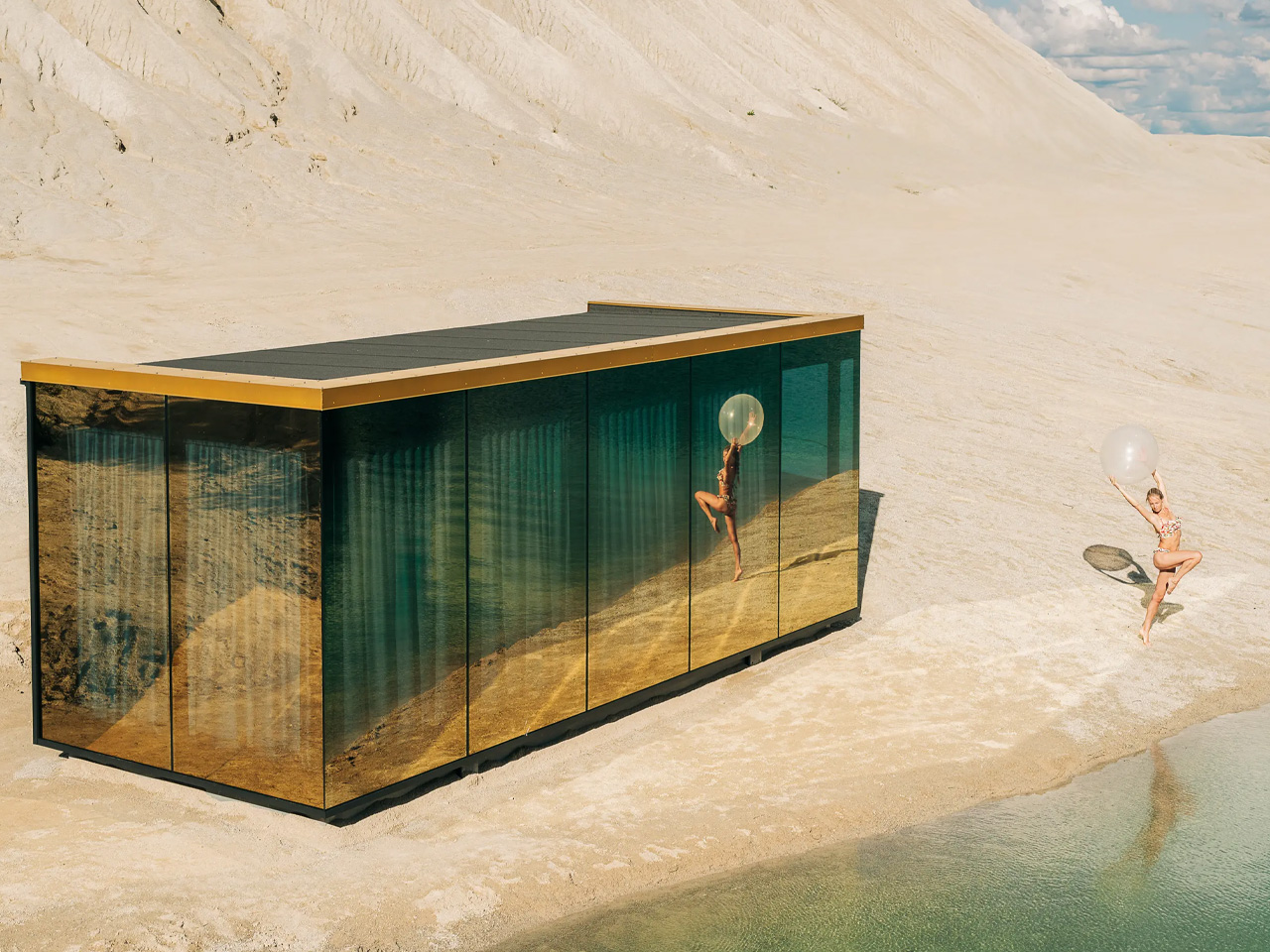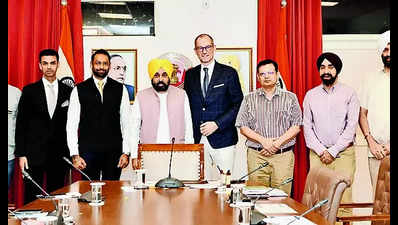The iconic sail-shaped silhouette of the Jumeirah Burj Al Arab cuts an unmistakably striking figure along Dubai’s coastline. Its interiors are just as awe-inducing – two massive aquariums flank the entrance. It also boasts the world’s tallest hotel atrium that soars to over 180m with over 1,790 sq m of 24-carat gold leaf used to decorate its opulent interiors.
We take a moment to crane our heads skywards and film a quick video of the capacious atrium. Then, the real action begins. Barbara Lang-Lenton, director of the aquarium at the Burj Al Arab leads us to a discreet corner of the building where we slip into a staff elevator.

We emerge “backstage” to the aquarium, where much of the turtle rescue work of the Dubai Turtle Rehabilitation Project (DTRP) is carried out. It is a particularly busy day since the team is readying some 63 rescued and rehabilitated turtles to be released back into the wild the next morning. I catch a whiff of tangy brine – the smell of the animals’ food being prepared – as I wiggle my fingers at a curious sea turtle which is playfully peering at me through a pothole.
Our small group of journalists from around the globe are here at the invitation of Dubai-based luxury hospitality group Jumeirah to commemorate 20 years of its turtle rehabilitation project, which was launched in 2004. But the best part is that this behind-the-scenes tour is not just a media event. It is part of the new turtle-themed stay experience offered to guests of the Jumeirah Al Naseem, just a five-minute buggy ride from the Burj al Arab.
Here, instead of soothing music, mood lighting and sea-scaped aquariums that the public typically experiences, we are surrounded by large tanks holding turtles in various stages of recovery while Lang-Lenton gives us the lowdown over the sound of pumps and other machinery. There is so much happening here that there are makeshift containers on the ground where some turtles are being temporarily housed while satellite trackers (that do not bother them) are being attached to their shells. Lang-Lenton says there are plans to improve the facility, so it is better equipped for turtle rescue operations.
To date, 92 released turtles are monitored via these trackers, and they have data of one turtle travelling 8,600 miles (about 13,840km) to Southeast Asia after her release. Additionally, based on tracking patterns, they believe another released female turtle had also gone on to nest at a nearby marine conservation area. Lang-Lenton played a key role in establishing the turtle rehabilitation programme in the UAE two decades ago in collaboration with Dubai’s Wildlife Protection Office.
The team has since treated and released 2,175 turtles – mostly green and hawksbill turtles and less frequently, loggerheads and Olive Ridley turtles. All four species are classified as endangered or critically endangered. Many of the turtles at the facility were found by the public or various wildlife groups in nearby waters in various stages of distress – often caused by the hand of mankind.
As we walk through the facility, she points out turtles with injured flippers and shells most probably caused by boat propellers, those who were found with fishing hooks in their mouths and throats or entangled in various debris. We see a small green turtle with a clearly damaged shell that is barely moving in its container. Its rescuers thought they were helping by removing the barnacles growing on its shell but had instead unknowingly injured the poor creature even further.
(Expert advice: If you ever come across a turtle with barnacles or other marine creatures adhered to its shell, do not try to pry them off as this hurts it further. Seek veterinary advice as the turtle is likely to be suffering from other health problems that led to this infestation in the first place.) Most poignantly, she shows us a collection of assorted plastic bits – some the size of small coins – that were removed from rescued turtles.
Over the years, they have encountered many turtles on the verge of death because of the large amounts of plastic they have unknowingly consumed. But more alarmingly, almost all the turtles passing through the facility have ingested some plastic debris, a sure sign that the problem has reached a critical level. By the time our one hour with Lang-Lenton is up, there is no doubt we are charmed and amazed by the personalities and resilience of the turtles.
This insider’s peek into the inner workings of the rescue work this gritty team conducts has also added a deeper dimension to a resort getaway in Dubai. After all, there usually is not much else for guests to do on a coastal vacation besides “sitting under the sun and getting skin cancer”, Lang-Lenton quipped, tongue-firmly-in-cheek. Plus, with an ever-growing demand for travel and an undying love for beach holidays, this is a good way to offer an educational yet entertaining conservation-related experience.
"In view of the threats our oceans face, it is more important than ever to raise awareness of the critical conservation work being done to protect sea turtles,” said Lang-Lenton, who intends to conduct as many of these aquarium and turtle tours as possible. “As coastal and maritime tourism flourishes, the importance of preserving our ocean has become even more apparent; marine life needs to thrive in order to fulfil its vital role in the ocean ecosystem, which impacts us all in many different ways.” This turtle-themed stay, of which a portion of the stay rate will be donated to the cause, aims to offer an alternative to the beach bum cliche – though there nevertheless will be plenty of opportunities for sun worshipping as well.
Other interactive activities that will be a draw for families as well as animal-loving guests include a visit to the five outdoor lagoons at the Al Naseem where rescued turtles stay while they recuperate, plus a turtle feeding experience. Other five-star touches include a turtle-inspired welcome room amenity and an ocean-themed four-hands afternoon tea at the hotel’s Al Mandhar Lounge featuring nostalgic creations by executive pastry chef Julien Jacob and his mentor, the patissier and chocolatier Philippe Rigollot. Still, the ultimate experience has to be when the hotel conducts a turtle release.
The team typically releases them in private as and when they are fully recovered and healthy. But once a year, to commemorate World Sea Turtle Day on Jun 16, a larger scale event, which guests are invited to attend, is held. That is how I found myself standing on the hotel’s pristine beachfront with some 150 guests at 7.
30am to watch 63 turtles take their first steps to newly regained freedom. As a lucky chosen volunteer, I helped carry a small green turtle to the shoreline. Even amid the general buzz of excitement as camera shutters clicked and young children squealed in delight as they watched turtles swim away, I felt moved enough by all that I learnt over the past few days to whisper to the turtle just before setting it down: “Swim free, little turtle and live a long and healthy life.
”.


















